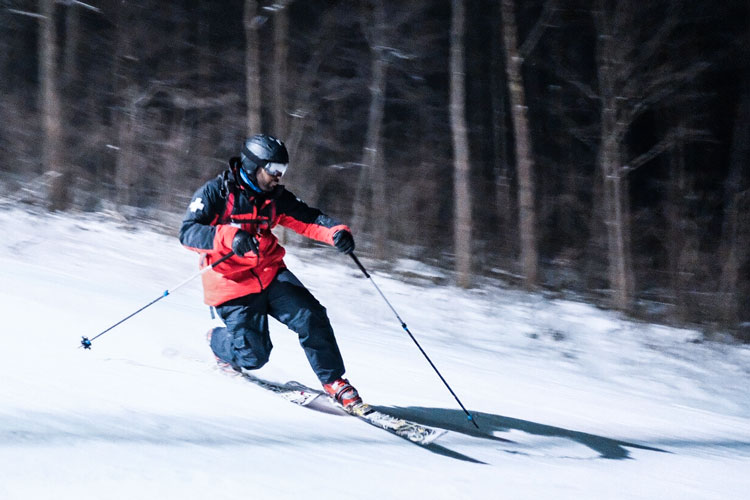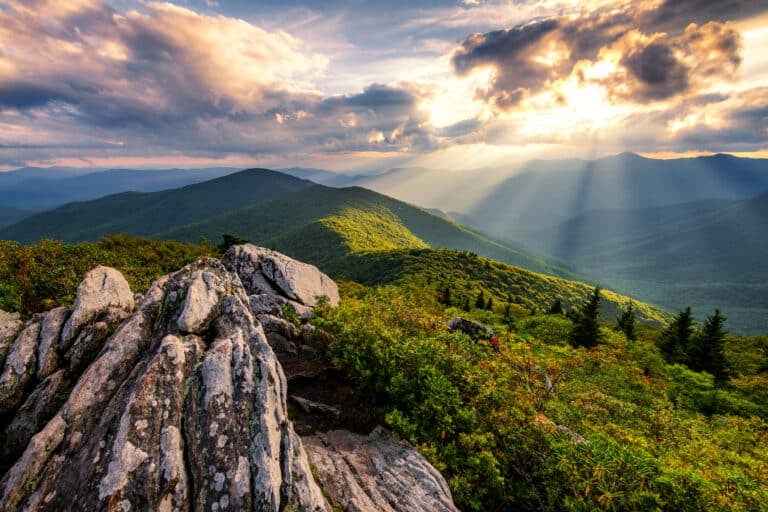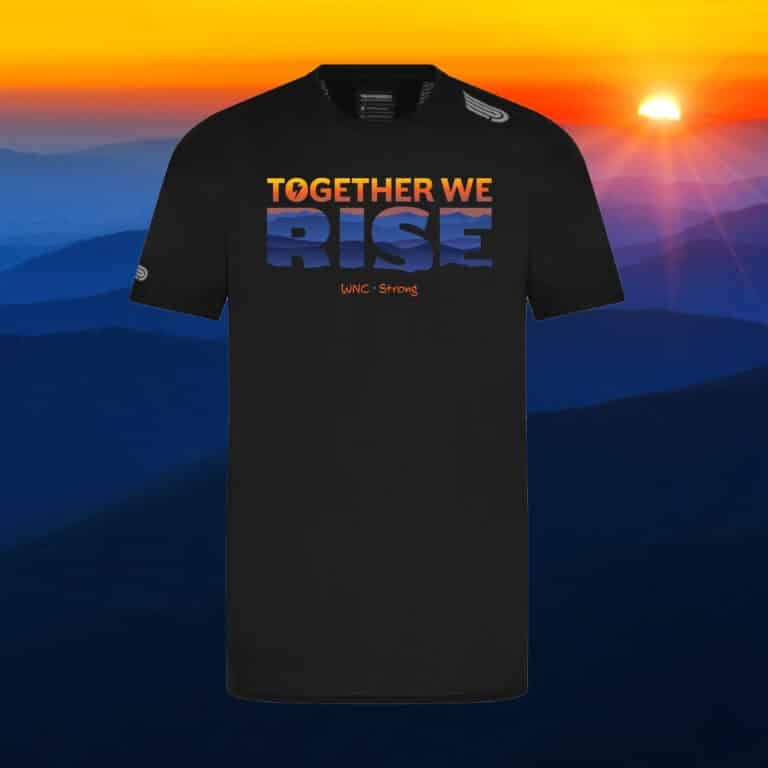The climate and demographics of snowsports are changing.

Today’s world is changing, both in a literal and philosophical sense. Winter sports are a sector, grappling with the direct effects of that change. Here, leaders and participants have had to evaluate and adjust their expectations of the utility gained from playing in the mountains when the mercury drops and most people opt for cozying up on the couch,
Minorities account for a small part of people going out to play in the outdoors, and changes in the industry’s approach can either limit or welcome new curious entrants. These are an exploration of how some skiers are joining in on the backcountry craze.
Skiing is largely a white sport. 65% of visitors to ski resorts in 2017 were Caucasian, according to the Snowsports Industry Associaiton (SIA). So the recent growth of African Americans on the slopes is exciting.
I am relatively new to skiing, with a total of about six years under my belt. This is mainly because I spent the first half of my life in Nigeria and did not see snow for the first 18 years of my life. Skiing only started after I started exploring the lush jagged Appalachian mountains of Western Maryland.
After moving to Western Maryland, my regular practice was migrating upstate to Baltimore and DC every weekend. I longed for the concrete jungle, shopping, restaurants, and more importantly, more people who looked like me. On one such trip, driving through Sideling Hill, a scenic ridge five miles west of Hancock, Md., I was accosted by a view of the valley, so commanding and so beautiful was it that I had to pull over and admire God’s creation. That was the day my love affair with the outdoors began. It led me to meet some of the most fantastic people who introduced me to the world skiing and winter sliding sports.
Right or wrong, the general consensus is that black people have the “rhythm “gene. I have met few black people who do not know how to dance. It is therefore no surprise that I was fascinated the first time I saw a skier practically dancing down the slopes—alternating his leading ski while releasing his trailing heel, and dropping into a quasi-kneeling position. Most will agree that telemark skiing is a beautiful sight to see.
As my interest in skiing and winter sports grew, I became an avid skier and a member of the National Ski Patrol). But I could never quite get the picture of that beautiful skier dancing down the trail, and doing that fancy thing with his heels out of my head.
The Tiv people are a tribe from southeast Nigeria, they are known by their characteristic zebra-striped fabric, unique to them and called the “Anger” (āŋgé:). The other thing they are known for is “Tsuwetsele”, the cat dance. The rhythmic, dragged-out movement of the body akin to the expert process of transferring one’s weight while switching leading foot during a tele-turn. Like telemark skiing, it is beautiful and harder than it looks.
Two major factors are transforming the snowsports industry: demographics and climate. The Appalachian region has seen a steady decline in annual snowfall over the past five years. According to Telluride CEO Bill Jensen, about 30% of ski areas will not last the next 5 seasons.
And as the baby boomers and Gen Xers begin to retire their skis, millennials have not been as eager to follow in their ski tracks—at least in the traditional sense. They aren’t seeking traditional lift serviced ski resorts with extravagant winter weekend vacations and lofty lift pass charges. No longer are people willing to pay $100 for long lines and slow lifts only the ski a run that lasts less than ten minutes, which is typical for the amount of vertical available at our resorts in this region.
Generally, the new expectation is fun for the duration of the expedition… A
However, the question remains: how do we get into the backcountry and earn our turn? The “tele-dancer” and places that cater to him might offer a way in.
Ski bindings that allow you “unlock” the heel in order to maintain the dexterity required to walk/climb up a mountain are a prerequisite for backcountry skiing. For a very long time, telemark skis were the gold standard for going off-piste or skiing outbounds in any environment not designated strictly cross country ski areas. From Canaan Valley, W.Va., and Sugar Bush, Vt., “tele” skiing trickled into the Appalachian range and has endured under the feet of some great ambassadors of the style. Participation numbers for this discipline is reported to be on the decline, but it still remains in our areas.
Over time I have learned nuances of efficiently propelling oneself up the mountain. I have mastered the herringbone technique and even familiarized myself with the secret stashes of communal moonshine on the mountain. Above all, I have learned how to dance down a snow-covered hill: freeing the heel, getting low, and letting it flow.
In this corner of the country, we are known for our grit, our ability to hold on to tradition and eschew change. Nowhere is this more apparent than at the Whitegrass Ski Touring Center in Canaan Valley. Whitegrass’ nostalgic ski lodge is where I was initiated into the nirvana of quiet treks up snow-covered trails, exploring boundless miles of terrain with untouched snow. Whitegrass has been a premier location for those seeking to escape the hassle of resort skiing or take a trip back in time when skis were ten feet long, boots were tampered leather, and GoreTex did not even exist. Whitegrass, though lacking in altitude, more than makes up for it in solitude. The silence only found after a big snowfall—that quiet that reintroduces one to himself. Here in true Appalachian fashion, “the spirit is strong.”
Backcountry skiing could be the solution to getting more people into the mountains. It’s a lower barrier to entry, with the major competency being the ability to put one foot in front of the other, albeit with a shortened gait, properly distributed weight, and the endurance to make it to the top of the mountain. You can avoid the cost of uber-technical clothing, lift passes, and the things that make resort skiing less attractive today. With human powered snowsports, you can trek in virgin snow and experience nature without the flashing lights of over commercialization. In the backcountry of places like Dolly Sods, New German State Park, and Canaan Valley, you have the license to slow down, listen and connect.
About the writer:
Mandela Echefu is a writer, photographer, and avid outdoor enthusiast based in Cumberland, Md., and dedicated to getting more people outside. Some of his work can be seen on Instagram @mandex_22 and www.pacelinehome.wordpress.com








